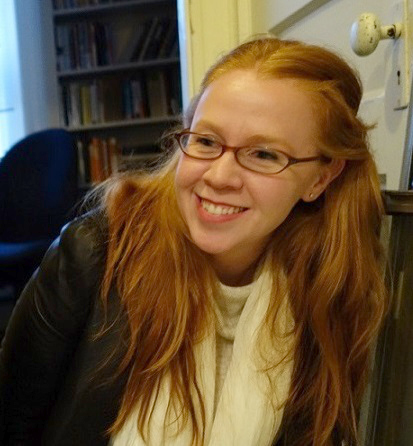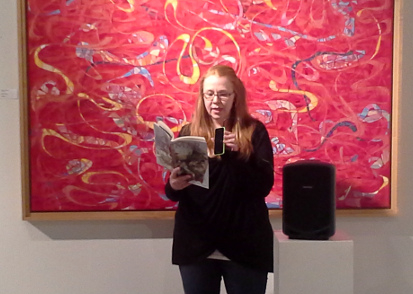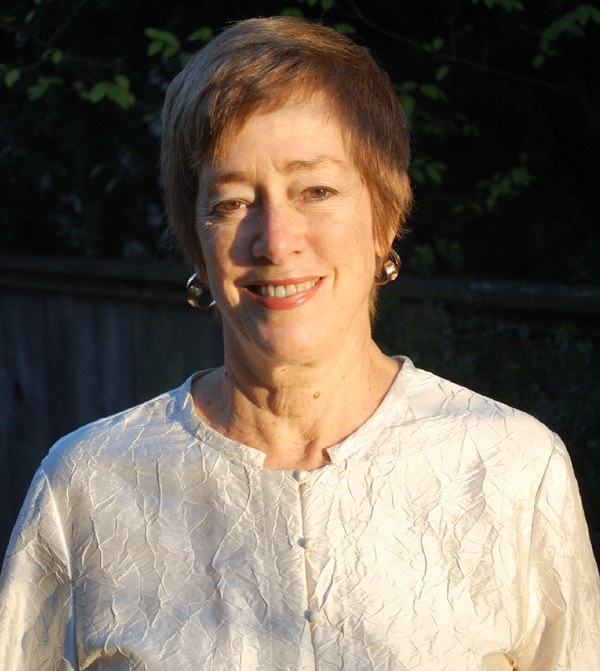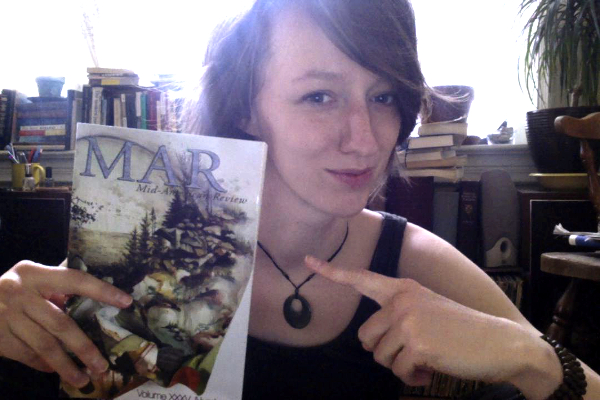In this interview, Former fiction editor Lydia Munnell chats with Sam Martone. Martone’s fiction story “Night Watch at the House of Death” appears in Volume XXXVI, issue 1.
I’m interested in the way ideas happen for writers—do stories start with an image or a character or a situation or are they fully formed for you? How about “Night Watch…” in particular? What kicked it off?
For me, it’s usually some glimmer of a concept or image. I’ll stumble across the Wikipedia page on spite houses or build off a pun I made on Twitter. For “Night Watch…” specifically, I think a lot of it came from Life on the Mississippi by Mark Twain. It’s been so long now since I read it, but I’m almost sure there’s a section about bodies being rigged up with bells to ensure they were dead. Not sure if it’s one of his stories-within-the-story or if it was based on an actual past practice, but it certainly got my attention, and from there I placed it in the anachronistic setting and expanded on why one might have to do this with the recently deceased.
In some sense you seem like a project-based writer. Your two chapbooks, for instance, both seem to have been conceived as projects. Is that true? If so, talk about the way that process is similar to or different from writing an individual piece.
I definitely do tend to work on things with projects in mind, although I often have too many projects I’m juggling at once, which means nothing gets done, or whatever fragments do get done end up coalescing into a new project. That was kind of the case for the first chapbook (from Corgi Snorkel Press). Some of those stories were conceived as parts of other projects, others were just individual pieces, but they all shared a number of similar concerns and ended up working well together. Thinking toward the greater whole is just how my mind works, but I actually think it’s a bit inhibiting. For example, I’m working on all these stories set in Arizona right now and realizing how repetitive all the talk about the heat and the desert landscape will read when they’re put together. Probably my favorite stories, the stories that have been the most fun to write, were ones totally independent of any bigger plan.
What role does the internet play for you? Video games? (of course I’m thinking of your most recent chapbook here but also stories where it might be less apparent) If these places are particularly fertile why would you say that is? And what about a story like “Night Watch…” that’s less obviously connected?
I really love the internet and video games and pop culture/media of all kinds as raw material of sorts for fiction. In large part I think they’re fertile grounds for writing because so many writers actively avoid pop culture and contemporary technology in their stories for fear of dating their work or cheapening it somehow, but I think, for example, a Netflix binge is such a familiar part of most of our lives, that to purposefully exclude that stuff from fiction ends up limiting our ability to write about what it means to be human in the U.S. today. Lately I’m finding that I love fictional works within fiction almost as much as I love the fiction itself. Mike Meginnis’s novel Fat Man and Little Boy depicts these great invented movies throughout the second half of the book. They complement (and eventually connect to) the “real” story very well, but they’re also just an immense pleasure to read on their own. “Night Watch…,” even though it doesn’t talk explicitly about any real-world pop culture, still has a narrator who’s deeply affected and driven by the stories he sees in film. I think that’s what I’m most often interested in, in a lot of my work: how the stories we see in art and entertainment cause us to reinterpret and reconstruct the world around us, for better or worse.
You’re an editor at Origami Zoo Press. At MAR we see all kinds of (probably coincidental) trends pop up among submissions and work we read. What are you calling out as trendy right now (for better or worse)?
We’ve been closed for submissions for a while now at Origami Zoo, but I recently served as a guest editor for SmokeLong, which meant I read a week’s worth of subs and selected one story to be published in their weekly installments. Among those submissions, I don’t know if it’s something about the 1,000 word limit, but I received a number of fishing stories. Also a tendency toward one word titles that played with archetypal stories (i.e., “Myth,” “Fairy Tale,” “Urban Legend”).
Now, things I’d like to become trendy is another story: 1) lasers. 2) heists. 3) someone saying “you’re going to want to see this.”
“Night Watch at the House of Death” is, at least in part, a story about love and connection and loss. What’s a favorite love story? (please use that apply that label as broadly as you’d like)
I’m pretty drawn to love stories in general, both as a writer and a reader, so this is hard to narrow down, but I think “The Ballad of the Sad Café” by Carson McCullers is my favorite story that pretty explicitly examines love and what it means to love.
The monotony of work and the waiting associated with work almost make the world of “Night Watch…” feel like a kind of purgatory. Talk about a terrible job.
Yeah, it’s interesting you mention this, because a lot of my stories involve narrators working terrible, tedious, but nonetheless life-consuming jobs. Oddly enough, in real life I’ve been fortunate to never really have a particularly monotonous job. Maybe I’d be a bit less fascinated with writing such stories if I actually had to experience it on a daily basis…





